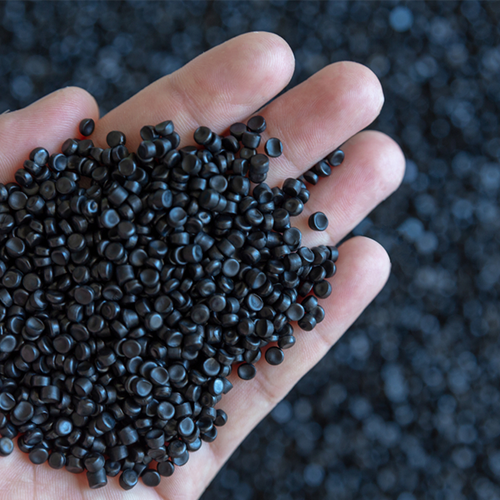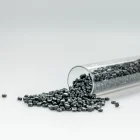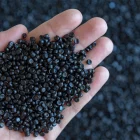Carbon fiber reinforced polymer (CFRP) is a form of composite material made of carbon fiber and polymer. While the polymer acts as an adhesive matrix to protect and hold the fibers together, carbon fiber delivers strength and stiffness. CFRP is produced as strips, bars, and sheets using different manufacturing techniques such as filament winding, pultrusion, and hand-laying processes.
CFRP materials have good stiffness, high strength, low density, corrosion resistance, vibration resistance, high ultimate strain, high fatigue resistance, and low thermal conductivity. They are bad conductors of electricity and are non-magnetic.
CFRP provides remedies for many problems associated with the degradation and strengthening of infrastructures such as bridges and buildings. The use of CFRP reinforcing bars in new concrete can eliminate potential corrosion problems and significantly increase the structural strength of a member.
The effective use of carbon fiber-reinforced polymer can significantly increase the life of structures, minimizing maintenance requirements. Carbon fibers have also been used as reinforcement for ablative plastics and lightweight, high-strength, and high-rigidity structures.
Features of CFRP include:
- Alkali resistant
- Corrosion resistant, therefore used for corrosion control and rehabilitation of reinforced concrete structures.
- Low thermal conductivity.
- CFRP has a high strength-to-weight ratio and therefore eliminates the need for heavy construction equipment and supporting structures.
- Needs short curing time. Therefore, the application takes less time. This greatly reduces the project time and downtime of the structure.
- High ultimate strain
- High fatigue resistance Therefore, they do not deteriorate which easily alleviates the need for frequent maintenance.
- CFRP is a poor conductor of electricity and is non-magnetic.
- Thanks to its lightness, the prefabricated components in CFRP can be easily transported. Therefore, it encourages prefabricated construction and reduces site assembly, labor costs, and capital investment requirements.





